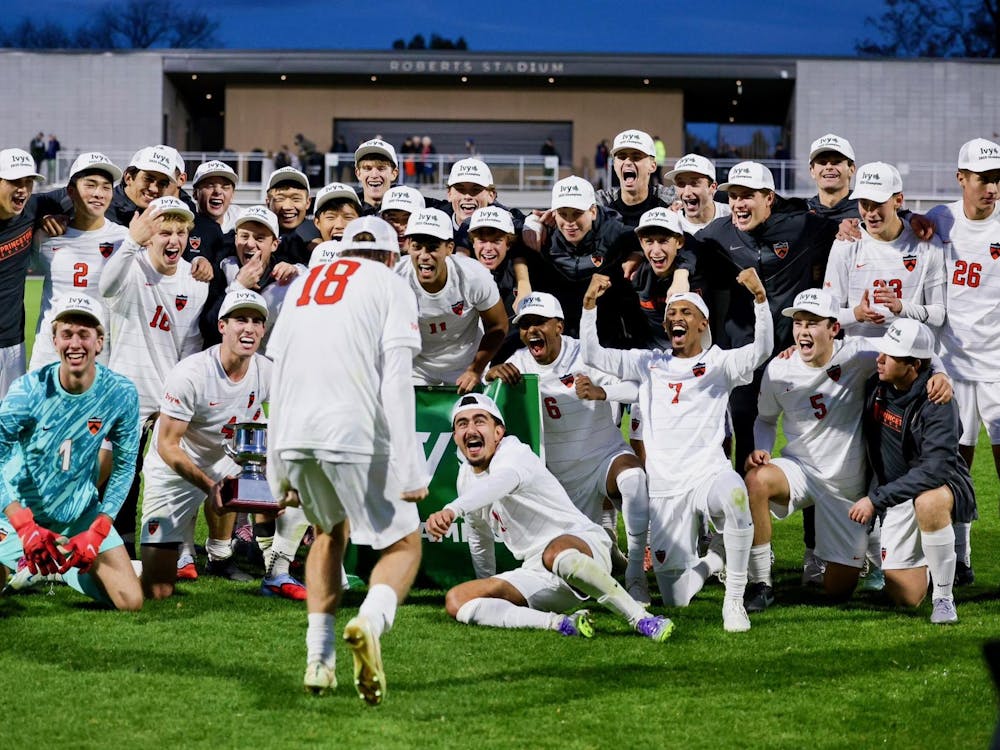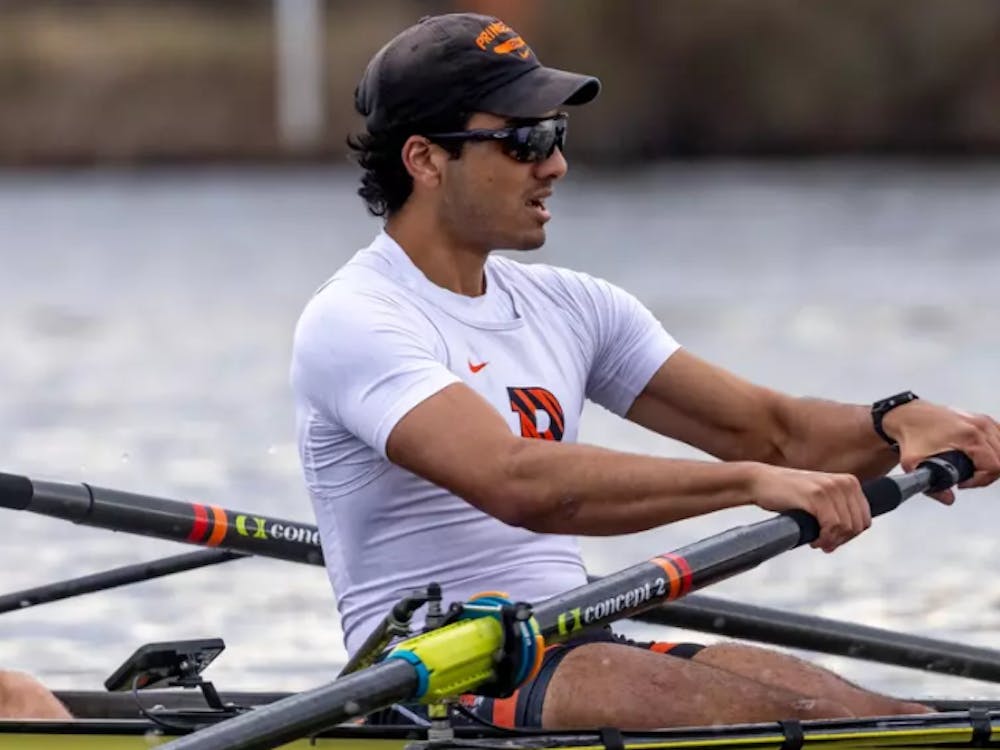For Stafford, horse riding isn’t as much a hobby as it is a passion. It wouldn’t be a stretch to say that, for her, it really was love at first ride.
“I started riding on December 7, 1996,” Stafford said. “There was a cute little barn about a mile down the road from my house, and I always saw a horse in the front paddock, and I guess it caught my interest. My dad was the one who actually got me going in horses. In a way he sort of pushed me into riding, but it turned out to be one of the best decisions of my life.”
Riding a horse wasn’t all fun and games. Stafford’s area of expertise is horse showing. To the uninformed, horse showing is not as easy as it appears. A general horse show has three divisions: hunters, jumpers and equitation. In equitation, both horse and rider are judged on form and control. The rider must guide the horse through a course consisting of jumps of various heights, distances and difficulties. Though the courses in equitation are generally not timed, a successful showing requires a smooth, controlled and speedy ride. The challenge is getting the horse to follow the rider’s every command. At points along the course, the horse must display the ability to jump, halt, change lead, canter, counter-canter, turn on the forehand, trot jump, canter jump and collect and extend the stride — to name a few.
Stafford’s natural affinity for riding manifested itself at an early age. After winning a top prize with her horse, Grappa, at age 13, Stafford moved on to larger, more prestigious competitions all over the nation. In 2006, she took second in the New England Horseman’s Council and second at the ASPCA Maclay Regionals. She has also twice placed third at the Connecticut Hunter & Jumper Association’s Junior and Master medals.
The success did not come easily, though. Countless hours of work are necessary to be able to ride and train the horse to respond to your every command.
“Every day during high school, I’d ride for about 45 minutes to an hour working on everything that my trainers were telling me while the other kids were riding about 20 minutes and calling it a day,” Stafford recalled.
Stafford’s summers have been largely taken up by riding as well. In addition to training her own horse this past summer, Stafford also worked at two barns, riding and training horses for other equine aficionados. Her day began at 8:30 a.m. and typically ended around 7 p.m. after riding anywhere from two to 10 horses each day.
Life at Princeton has forced Stafford to change her schedule and even cut back a bit on her sport. Stafford leased out her longtime companion Grappa before she came to the University. With her Connecticut home a good distance away and the fun and excitement of college life filling her schedule, Stafford wasn’t able to ride nearly as frequently as she would have liked. This year, however, she and her newfound German stud, Cascadeur, are on a rigid training schedule. Six days a week, she can be seen biking down to Lot 23. A 15-minute drive to Hunter Farms brings her to Cascadeur’s temporary barn during the school year. The process of cleaning, tacking, feeding, caring for and riding Cascadeur consumes a good two hours each day.
Despite the heavy time commitment, riding remains an integral part of Stafford’s life and a pursuit that she said she hopes to continue well beyond her college years.
“Hopefully, by the time I graduate, I’ll have somebody to lease Cascadeur out to,” Stafford said. “I’ll probably have to take a break at some point after college when I get a job, but I can definitely see myself riding when I’m 60 or 70.”
Often viewed by the public as a graceful and innocuous hobby, equitation is by no means a safe sport. Stafford has accumulated a long list of crashes and falls in her nearly 12 years in the sport.
“I’ve fallen off into a river, onto a spiked standard and into a wall. I fell on my head just the other day and proceeded to run after my horse as he was galloping off toward the road,” Stafford noted. “It’s definitely not the safest sport. Christopher Reeve got paralyzed because of it. Two of my friends have broken their necks, but they’re fine. Luckily, no serious injuries for me yet.”

Despite the long hours, hard training and constant dangers that come with riding a 2,000-pound ball of muscle, Stafford maintains that horses are one of her foremost loves. Stafford has been atop countess horses since age 7, but when asked about her favorite, she vividly recalls the memories of her first.
“I got Grappa on October 10, 2002,” Stafford said. “At first I hated her because I was really intimidated by her. She was only 5 years old but was 17.2 hands, so about five-foot-10. She was the biggest horse I had ridden at that point and also the youngest.”
But rider and horse both adjusted. After five years of constant training and care, Stafford and Grappa developed a deep bond of affection and understanding that led to more than a few prize medals.
“The feeling of oneness with the horse is the best part about riding,” Stafford said. “I got to a point with Grappa where I wouldn’t even have to command her to do something, it would just naturally happen. She would understand my thought process, almost, and it would be done.”
In a sports era tainted by steroids and financial corruption, it’s good to know that sport in its purest form still exists. Ball or no ball, the combination of horse and rider can be truly riveting.
“For Grappa’s birthday this year, I went to the barn at four in the morning and rode her bareback all over the property. It was June, the sun was just coming up, there was nobody else out yet, the birds were chirping, and there was a cool little breeze. It was beautiful.”







